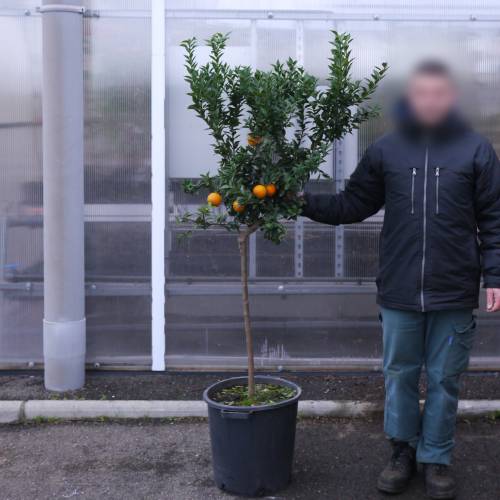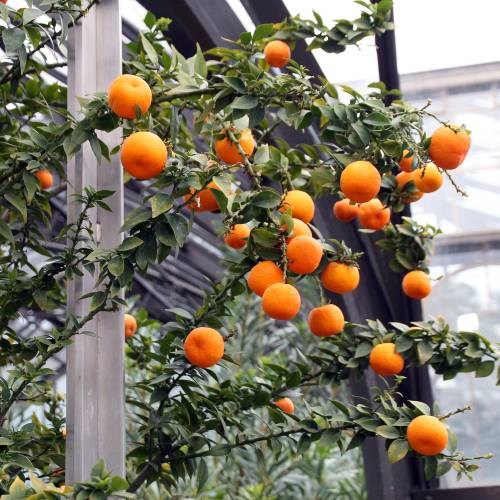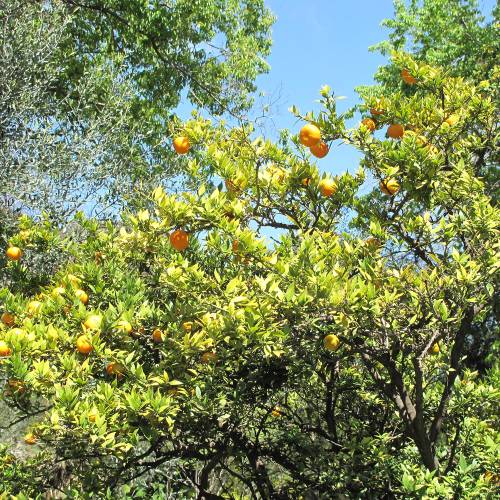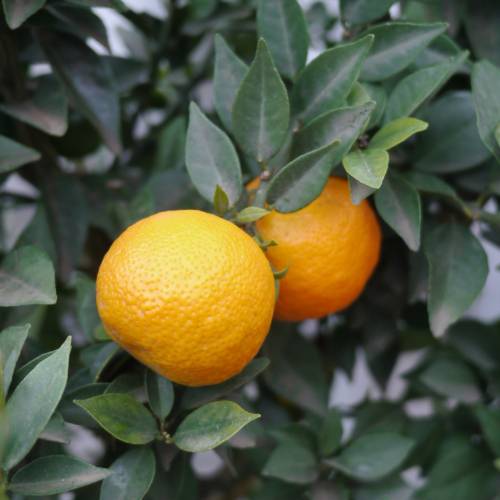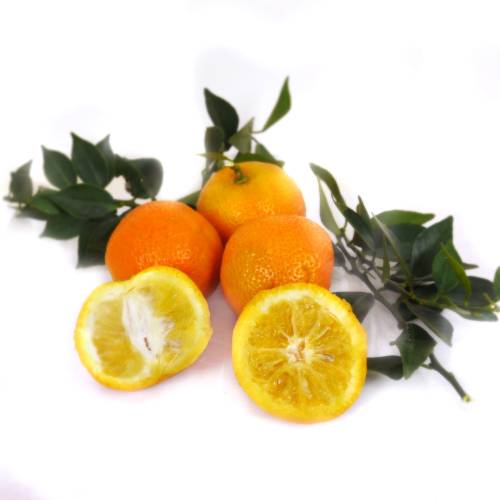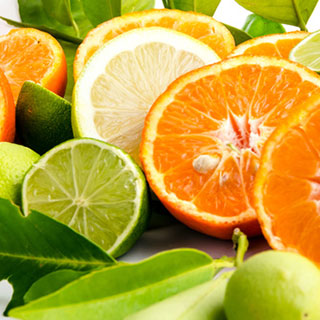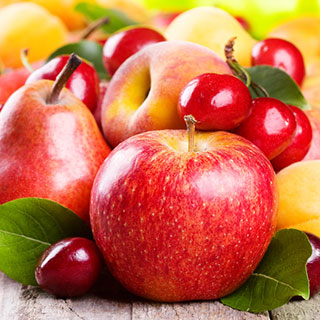
Plants
Chinotto, Myrtle-leaved Orange Tree / Citrus myrtifolia
-
41.08 € Chinotto, Myrtle-leaved Orange Tree (Citrus myrtifolia)
8410M - Available
-
39.47 € Chinotto, Myrtle-leaved Orange Tree (Citrus myrtifolia)
8410N - Available
-
26.52 € Chinotto, Myrtle-leaved Orange Tree (Citrus myrtifolia)
8410L - Available
-
0.40 € FERTILISER
8410A - Available
-
Area of origin: Asia
Adult dimensions: Height up to 2m, width up to 1.20m
Foliage: Evergreen
Soil type: Well-drained, neutral to acidic
Hardiness: Hardy to -8°C
Exposure: Partial shade to full sun
Characteristics and uses:
The Myrtle-leaved Orange tree is a species of citrus, a prolific bloomer and fruit-bearer. It is mostly appreciated for its ornamental quality, as its taste is similar to that of the bitter orange. The fruit looks like a small, flattened orange and is usually used to prepare soft drinks.
The Chinotto is widely grown in Italy and the South of France. The fruit can be eaten fresh or transformed into marmalade, liquor, or soft drinks.
Protect the Myrtle-leaved Orange tree from the winter cold (pot and foliage), as it can start losing its leaves at -8°C. However, this protection is only necessary if the temperature doesn’t rise during the day. The tree can be planted in full ground in the regions with a mild climate and around the Mediterranean. In the coldest regions, grow it as a conservatory or greenhouse plant. Watch carefully during the first years of growth.
Plant them now: the shortest way to your plate is through your garden!
Looking after advice:
Watering: As Citruses do not like dryness it is important to water them regularly, but not abundantly. In summer, water every day if necessary, in winter water once or twice a week.
Fertilizer: From March to October, give it a suitable citrus fertilizer once a month.
Pruning: Prune regularly in the spring and in summer to encourage ramification and keep it in the wished-for shape.

